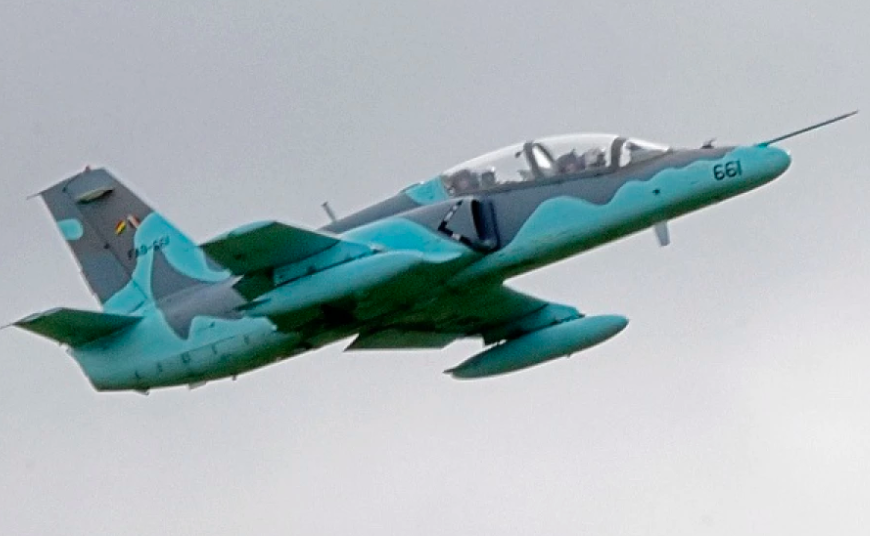The Bolivian Air Force (FAB) is preparing a “fleet of aircraft” to start patrolling and controlling the airspace monitored by the radar system acquired from Thales.
The Minister of Defense, Edmundo Novillo Aguilar, provided the information and pointed out that a phase must be completed before the system is put into operation, which involves, among other aspects, the preparation of the aircraft that will carry out the patrol and interception missions.
Novillo pointed out that, although the radar system has been received in full operation, “there is a process of implementation of the system that will be useful in the fight against drug trafficking, but it will take a short time to become operational”.

And he added: “As Bolivian Air Force, we are making provisions such as having a fleet of aircraft to carry out air patrols and the necessary preparation to carry out this work”.
HOMOLOGATION
The minister also explained that the radar implementation process requires a time for the homologation with the General Directorate of Civil Aeronautics and with Bolivian Air Navigation and Airports “because it is a service for international and internal commercial aviation”.
He also announced that, after this implementation process, the Bolivian Air Force would begin patrols in the Amazon and the central valleys of the country in the coming weeks.
PROTOCOLS
On the other hand, Novillo informed that protocols for the intervention procedure for irregular flights suspected of drug trafficking are currently being developed.
The protocols include procedures for boarding the irregular flight, forcing it to land in a certain place for the intervention of the Prosecutor’s Office and the Special Force against Drug Trafficking.
He also specified that in case the suspect aircraft does not follow the indications and warnings of the air patrol, there are protocols to force the aircraft to land.
SIDACTA PROJECT
As Infodefensa.com reported, on August 23, 2016, the Bolivian Ministry of Defense and Thales Air Systems signed, in the city of La Paz, the contract for the execution of the Sidacta project, with an investment cost of €191 million (US$205 million).
The system will be delivered by the end of 2022.
The radar network consists of 13 primary and secondary radars.
The 3D primary radars will provide extensive, low-level coverage, mainly intended for detecting illicit flights, and their use is primarily military; 2D primary radars will provide long-range coverage of all types of non-cooperative (illicit) flights for primarily civil or military use.
Secondary radars will provide cooperative air traffic surveillance support, mainly civilians.
The Sidacta project also includes the following:
- an automated military command and control center (CIC: Centro Integrado de Control) to improve the operational efficiency of the Bolivian Air Force;
- a centralized building (Centro de Comando y Control) to house the ACC and CIC centers;
- a network for data and voice transport communication and a center of excellence for the benefit of the Air Force and Aasana.
The Command and Control Center, operated by the Air Force and located in Cochabamba, was inaugurated in September 2019, as Infodefensa.com also reported.
With information from Infodefensa

